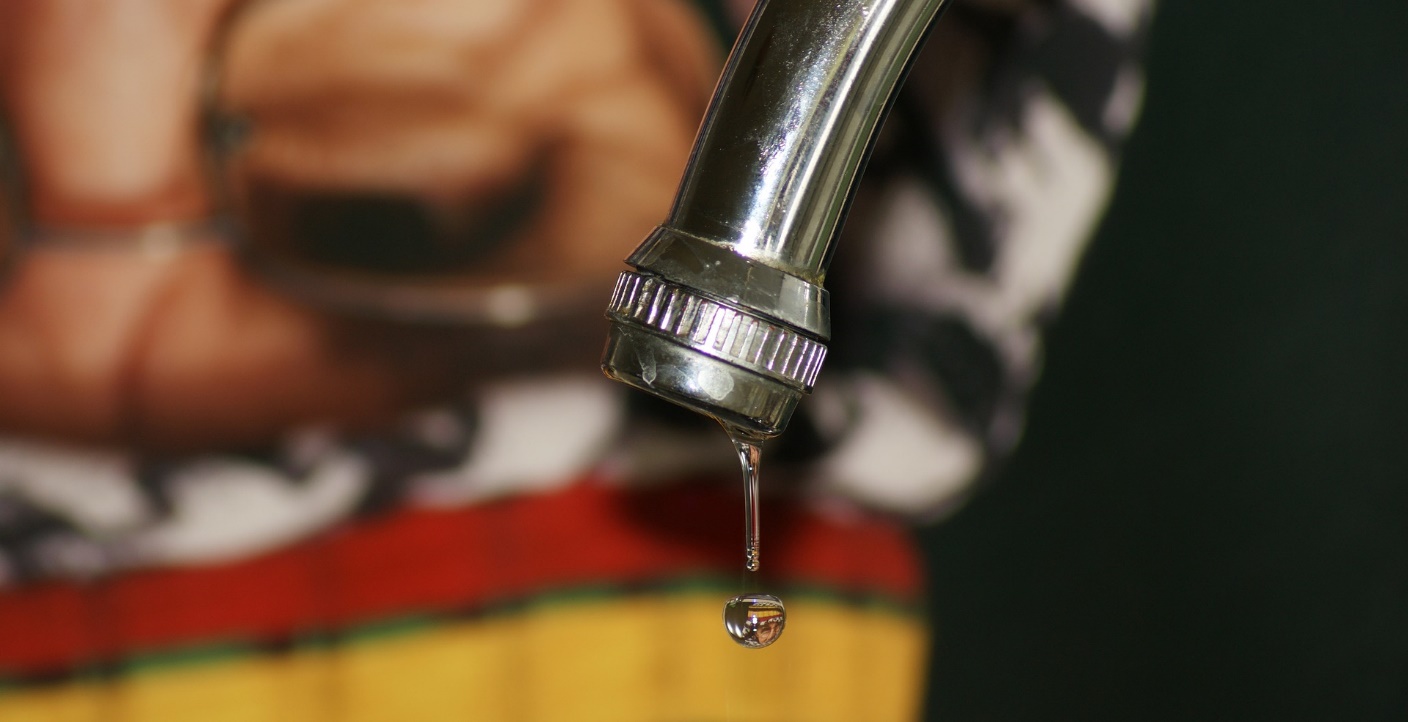One of the most common plumbing problems that many homeowners face is water leaks. In most cases, the water running to a house is ‘’metered’’ for billing purposes. Therefore, even a small leak can gradually add up and turn into a hefty water bill.
Fortunately, detecting water leaks is not rocket science, as it can be easily done while applying a few simple techniques. Here are three proper ways to detect water leaks without a plumber.
Check the Fixtures for Any Signs of Water Leakage
The first thing you should do is checking whether the source of a leak is coming from one of your fixtures. The bathtub should be amongst the first places to check as a leaking bathtub can cause a severe indoor flood. Also, many tub leaks are caused by the overflow tube. If you want to read more about tub overflow issues and quick DIY fixes check the linked article for useful tips.
But leaks can occur in at least 5 areas in your bathtub: the grout, the bathtub body, the overflow pipe, the drain, and the faucet. While leaking grout and a defective faucet are very easy to spot, the rest of them can be quite tricky to find. Here is one good way of determining if the tub is leaking:
- Wipe the outside of the tub until it becomes dry
- Wrap it in old newspapers
- Fill the tub to capacity
- You will be able to tell if the bathtub is leaking by observing in which areas the newspapers get wet.
If the grout and faucet are not leaking, the problem might be somewhere in the overflow pipe or drain.
The next fixture you should check for any signs of water leakage is the toilet. Start by removing the top of the tank to detect any hissing sounds. If this is the case, locate the source of the hiss and determine if you can fix it by yourself.
If there is no hissing, you could try adding some food coloring. Pour two or three drops in the tank (but definitely not in the bowl), and let it mix with the water for a few minutes. The colored water will enable you to see if the source of the leakage is somewhere in the flapper, which is allowing the water to pass through the piping. The flapper is located at the bottom of the tank. Assess any damage there and determine if you need to call a plumber. Repeat the process if your house has more than one toilet.
Check the Water Main
If the toilet, tub, and sinks show no unusual signs, you might want to find the water main running from the water meter to your house. Do not get intimidated by the task, because if you locate the leak yourself in the water main, you can save a lot of money.
Side note: Before doing maintenance checks, make sure to turn off the water supply to the house. First, locate the position of the main water shut-off valve – you should find it near the main water pipe supplying your house, in the kitchen, or somewhere in your basement. Shut it off temporarily and watch the dial on top of the meter.
If you are unable to locate the water meter, you could try digging around, as they usually get covered by dirt and grass. If the meter is still turning after the water supply is shut off, there are three possible causes for the leak:
- The leak is somewhere between your house and the meter.
- You might have a leaking valve. Do not panic, this is actually a very common occurrence with old bronze gate valve.
- The leak might be located somewhere inside the house.
Finding other leaks
If all else fails, you should take a step back and look in less obvious spots for leaks. For example, since tap water is delivered under pressure, a leak can be usually very easy to spot. On the flipside, wastewater is transported by gravity, not pressure, so leaks in this area are much harder to detect without some prior plumbing knowledge.
If you feel like you have a wastewater leak, you should contact the water company as soon as possible, as this issue turn into a serious health and safety hazard.
As a side note, it is worth mentioning that the location of a leak might not always be immediately obvious. Some leaks can start in one location then flowing through a makeshift channel and causing physical damages. So, look for stains on the floors, ceilings, and walls.
Conclusion
Leaks can be, in some cases, very tricky to detect. However, you can save a lot of money by detecting the issues yourself using the simple tips highlighted in this article. But if you feel that the problem is very serious immediately call a licensed plumbing professional.
With an educational background in Engineering Design and growing experience in home improvement and DIY projects, Vince is part of the team behind www.ThePlumbingInfo.com. You can see more of Vince’s work on Twitter and Facebook.

